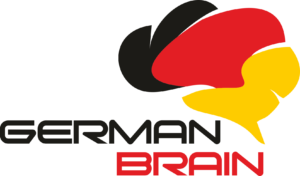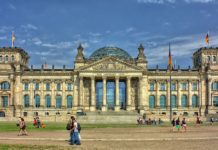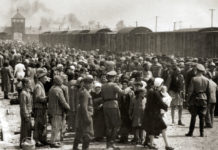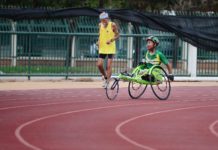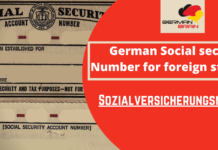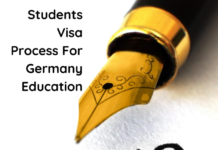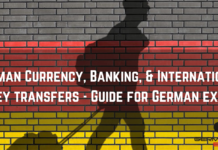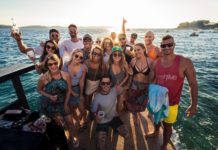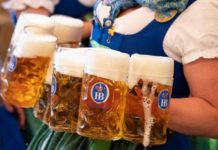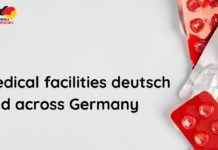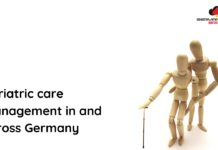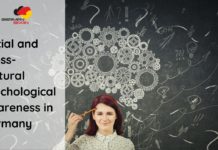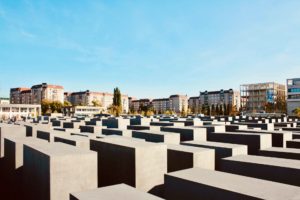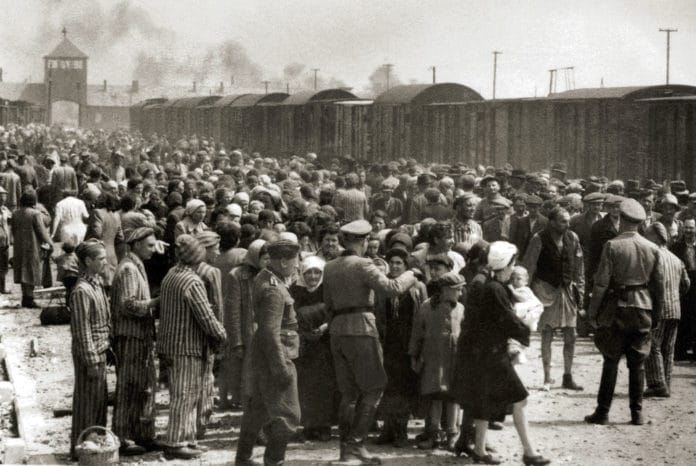
A comparative timeline:
Shoah, the Hebrew word or Churban the Yiddish word for a catastrophe came into existence when 6 million Europeans were killed by Nazi Germany and its collaborators during World War II. The English speaking countries and the rest of the world more commonly use the word “Holocaust” which is a Greek derivative. It means “sacrifice by fire”. The Nazis used the phrase “Final Solution to the Jewish Question”.
It is considered as genocide. The first execution of Jews, a significant pogrom (a riot or a massacre to kill multiple people), Kristallnacht in which at least 91 Jews were killed, a further 30,000 arrested and subsequently incarcerated in concentration camps, a thousand synagogues burned and over seven thousand Jewish businesses destroyed or damaged. In other words, it was just a preventive confinement of the Jews. This riot paved the way for the further mob lynching.
It took place between the years 1941 to 1945, executing systematic murder of around ⅔s of Europe’s Jewish community and its population. It was carried out in the form of pogroms and mass shootings by a policy of ” Extermination through work” or “Vernichtung durch Arbeit” by paramilitary death squads called Einsatzgruppen in cooperation with the German Army. The persecution of these individuals was done by the Nazis because of several factors like their race, political affiliation, disability, religion or sexual orientation. These people although were categorized as “German blooded” they were also categorized as “social misfits’ ‘ or Asoziale as well as Ballastexistenzen. They were subjected to myriad state restrictions and repressive actions which forced sterilization and ultimately imprisonment in concentration camps.
Working conditions were characterised by:
- No remuneration of any kind
- Constant surveillance of workers
- Physically demanding labour like road construction, farm work and factory work,particularly in the arms industry
- Excessive working hours often 10-12 hours per day
- Minimal nutrition
- Food rationing
- Lack of hygiene
- Poor medical care
- Ensuing disease
- Insufficient clothing
Torture and physical abuse were also used. Torsten or “door standing” forced victims to stand outside naked with their arms raised. When they collapsed or passed out, they would be beaten until they re-assumed their position.
Pfahlhängen or post attachment involved tying the inmate’s hands behind their back and hanging them by their hands from a tall stake. Likewise, all anti-Jewish measures were radicalized.
Some of the historical perspectives that led to this massacre were Hitler’s views which were influenced by Alfred Rosenberg’s antisemitism and vision of a secretive Jewish conspiracy ruling the world. Central to Hitler’s world view was the idea of expansion and lebensraum (living space) in eastern Europe for the German Aryans. Open about his hatred for the Jews, he subscribed to common antisemitic stereotypes and augmented reality.
Present-day Germany:
Today, Germany is a federal parliamentary republic led by a chancellor. With more than 80 million inhabitants of its 16 constituent states, it is the second-most populous country in Europe after Russia as well as the most populous member state of the European Union. These above statements show us how the Germans have evolved into diverse and egalitarian beings and have been acculturating themselves with various communities.

